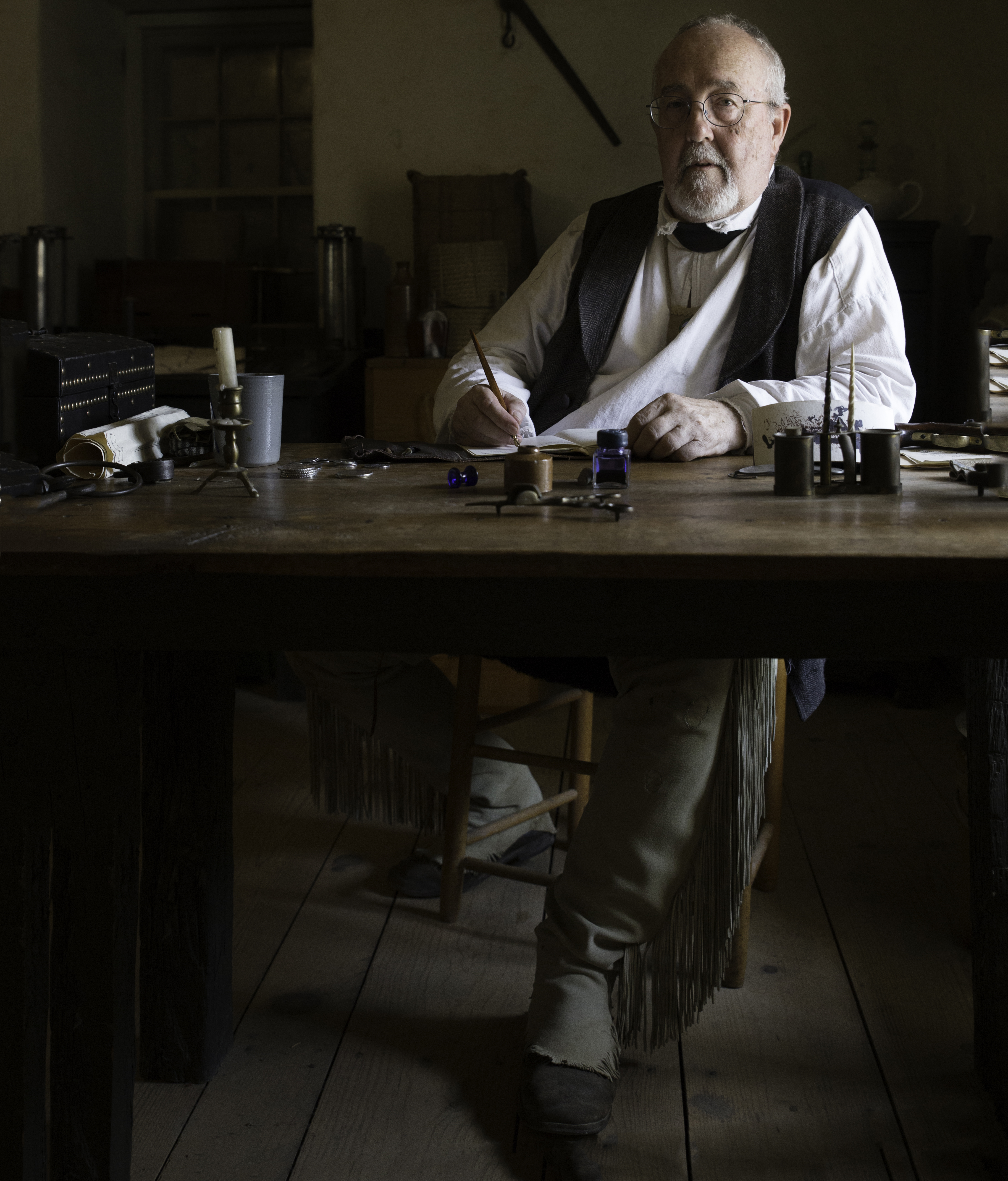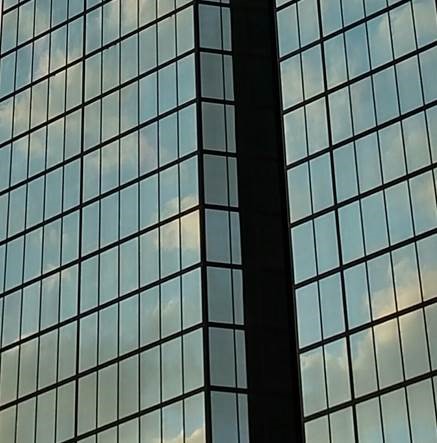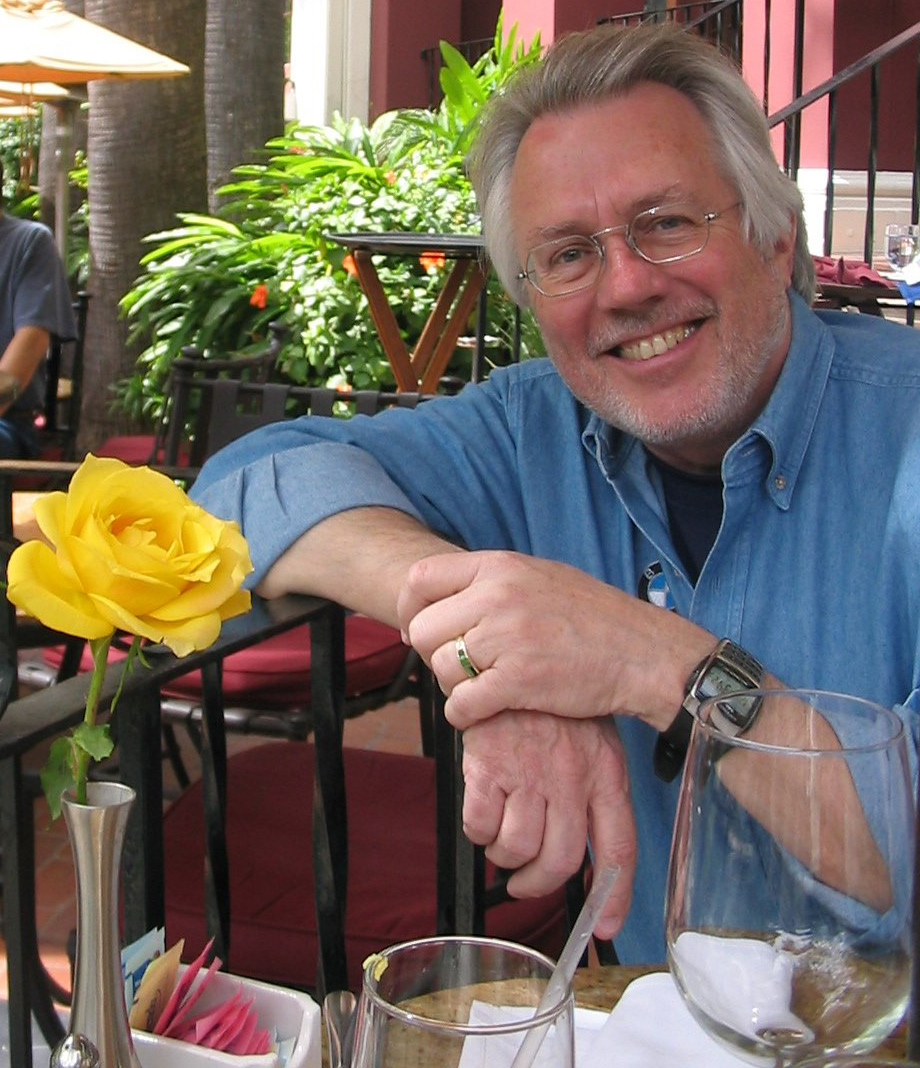Board’s Architect Consultants
Bob Carter

Bob Carter has been Architect Consultant with the California Architects Board (Board) since January 1997 when he began under an interim contract. He has continued his technical expert services to the Board under three-year consultant contracts competitively awarded since July 1998. Carter attended the California Polytechnic State University, San Luis Obispo where he received a Bachelor of Architecture in 1970. In April of 1974, he was issued a California architect license.
Carter is married to his high school sweetheart and they have three children and four grandchildren. In his spare time, he enjoys projects around the house and his passion for California history. Since 1990, he has been a docent volunteer at Sutter’s Fort State Historic Park in downtown Sacramento. He can be found portraying an 1843 trapper or most often an 1846 clerk to Captain Sutter. He has amassed over 10,000 volunteer hours and a respectable collection of mid-1800s firearms, which are great fun to demonstrate.
Dreams of Becoming an Architect
Carter wanted to create buildings from the time he was a child playing with his Lincoln Logs and building "impenetrable" forts in his backyard. In high school, he liked to draw and design custom dream houses. When he expressed his interest to the freshman counselor, she introduced him to a friend of hers who was one of two architects in his small central valley town. She arranged for him to interview the architect in his office for preparatory course advice. The office sold him at first sight. It was on the second floor of a small office building just off the courthouse park. It felt like a tree house and his drawing board appeared to be hanging in the trees. Right then, Carter decided he was going to be an architect when he grew up; even though the architect advised him to take Latin as his foreign language class so he would be "able to read the inscriptions on old buildings." He has never forgiven that architect for that piece of advice.

Carter went off to Cal Poly to study architecture and gained a much-broadened world view. He has never designed a residence nor has he ever had a tree house office, but he has had an amazing career as an architect.
Changes to the Practice of Architecture in Carter’s Life
Without a doubt, all forms of digital communication have had significant impact on the practice. While these devices can be a great aid to productivity and greater service, they can also get one in trouble quicker. These changes have led to abbreviated communication that does not serve well in the complex world of applied art and science that is architecture. Communication is even more critical now than in the past.
Most Memorable Projects
Carter’s first memorable project was the Stockton General Mail Facility for the United States Postal Service (USPS) on Arch/Airport Road at Highway 99. It was one of the largest of his projects, and the most intriguing part of the project was that it was administered by staff out of USPS headquarters in Washington, DC. He had to make presentations in DC and grew to really love that city over his four trips there in one year.
His second and probably most memorable project was the US Federal Courthouse in downtown Sacramento. His team worked very hard on this project to deliver it on time and within budget, which was unheard of in the Federal Court building program at that time. They won a General Services Administration design award that was presented to them at the National Building Museum in DC by Hillary Clinton. It was the largest project of his career consisting of 750,000 square feet and over $150 million in construction cost.
Bob Chase

Bob Chase recently started with the California Architects Board (Board) as an Architect Consultant. Chase attended the Pratt Institute School of Architecture in Brooklyn, New York and the Boston Architectural Center in Boston, Massachusetts. In 1980, he received his California architect license.
Dreams of Becoming an Architect
As a kid, he always drew floor plans of houses and cars. For a long time, he wanted to become an automotive designer; in high school, he attended a two-week summer course to assist in choosing a career path. During the summer course, an architect spoke about his career and then invited Chase to visit his office and spent several hours talking to him about architecture. From that point on, Chase knew he wanted to become an architect.
Staying Connected
Chase stays connected with the profession while working with the Board by staying very involved in the American Institute of Architects Central Valley chapter. He was chapter president in 2013, and is continually active in chapter programs such as: the annual Experience Architecture Festival, where he has led architectural bike tours; a mentoring program for students, architectural graduates, and younger architects; and outreach and advocacy for projects before planning commissions and city councils.
Changes to the Practice of Architecture in Chase’s Life
The transitions of architecture to an electronic world, such as Building Information Modeling (BIM) and other emerging design software, are some of the most significant changes Chase has encountered. He came into architecture in the "old world," when all drawings were done in ink and by hand and there really was such a thing as real blueprints. He still designs and draws by hand and thinks that it is a skill that new architects should possess.
Most Memorable Projects
Chase feels that he has been fortunate to have designed and been involved with a wide range of project types over the last 45+ years—in Boston for 10 years (where he is originally from), in Los Angeles (LA) for 20 years, and then in Sacramento for the last 23 years. The projects he has designed have ranged from single-family residences, schools, hospitals, office buildings, and high-rise condominium projects in LA and San Diego. One of the most significant projects he worked on was when he designed some of the early passive solar houses in the country and won national and statewide awards for them.
However, probably his most memorable project is a 100-acre horse ranch that he designed in Santa Ynez, approximately a mile from Michael Jackson’s Neverland Ranch. Chase had designed several office buildings in Pasadena for a man and his wife, who had received a substantial inheritance. She was an equestrian and had several horses in Burbank. The clients wanted a weekend getaway where her horses would have more room to romp. The project included a 6,000-square foot main house, a ranch manager’s quarters, a guest house, a ranch hand’s bunkhouse, and a barn structure for 20 horses. Chase started planning and designing the project in 1986, and the last building was completed in 1998. He recalls the many times he drove from his house in LA up to Santa Ynez and walked the 100 hilly acres with the clients to determine where best to locate each of the buildings and the pastures.
A close second for his most memorable project, though, has to be his current residence in midtown Sacramento. Chase had lived in a loft space in Harvard Square before moving to California, and always regarded it as his favorite type of living space. After raising his daughter in LA, he moved to Sacramento where he met his wife. Chase told his wife about the loft space, and she loved the idea. She was an artist and teacher of art and English, and they stumbled upon a mid-century concrete block industrial building in midtown Sacramento and bought it. It was a former Black & Decker repair shop.
In 2010, Chase and his wife gutted the building and remodeled it for their live-work loft residence. This property is one-story, 1,600 square feet and is strategically located in the heart of the R Street area of midtown where there are 17 restaurants within walking distance.
A highlight of their satisfaction of living in midtown Sacramento was they were filmed by HGTV several years ago and shown on an episode of a program called You Live in What?
In 2006, Chase was the Chief Building Official for the City of Sacramento for three years, and in 2012, he was appointed by the Governor of California, Jerry Brown, to be the California Deputy State Architect. He was employed with the Division of the State Architect for four years and every day he walked a half-mile to work.
